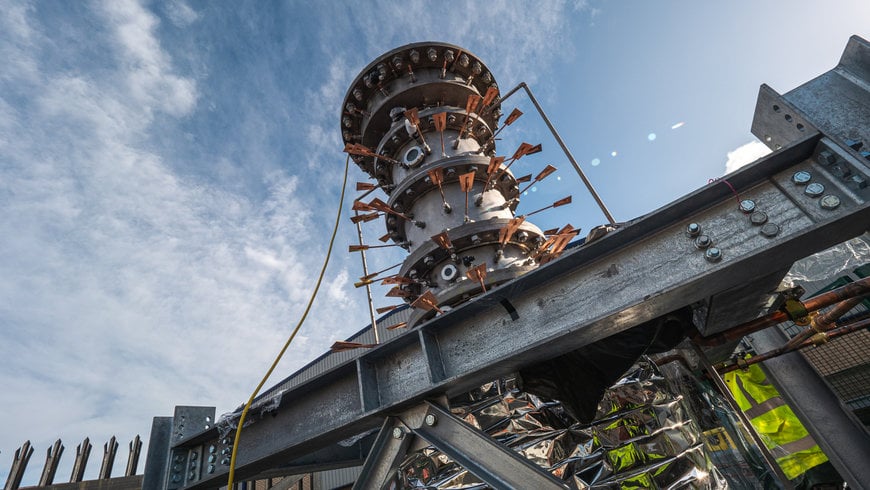www.industry-asia-pacific.com
13
'22
Written on Modified on
The hidden cost of data
Glasgow-based green energy pioneer, Katrick Technologies, has developed and patented a unique passive cooling system that removes waste heat without external power required. Here, Katrick Co-CEO Vijay Madlani examines the costs of data centre cooling and how new systems can revolutionise efficiency.

Zero-carbon cooling systems revolutionise data centre energy efficiency.
Data underpins every aspect of modern life, with more information generated now than ever before. Keeping data centres cool is crucial for their safe and effective function, but due to the large amounts of waste heat they generate, this requires significant power consumption.
We are generating more data than ever before, with 44 zettabytes of data in storage as of 2020 and this expected to increase to over 200 zettabytes by 2025. To put this into perspective, a single zettabyte is equivalent to one trillion gigabytes. Much of this data is stored in data centres; dedicated facilities containing servers to store large amounts of data. Data centres are an integral part of the global economy, storing everything from our personal information to business and infrastructure data.
With the nature of data stored in these centres, and the extreme sensitivity of some content, they require their own infrastructure, security, networks, and backup power supplies to limit the damage of potential problems. Environmental conditions are also highly important and maintaining an appropriate temperature round the clock can prevent overheating and failure of critical equipment.
In the UK there are approximately 400-450 data centre facilities, and TechUK estimates they consume 6TWh annually to run, not including the 3-4TWh required for server rooms. This figure is set to rise exponentially as the number of data centres increases, with a 2018 Nature study estimating that they will be responsible for 8,000 TWh of consumption by 2030.
Keeping data centres cool uses a significant amount of energy, with 90 per cent of the air conditioning and air handling units used by the UK data centre market consuming an estimated 26 to 41 per cent of the total energy. These figures highlight why it is so crucial to find more efficient solutions for data centres. This is the motivation behind the Katrick Technologies passive cooling system.
Solutions in technology
Katrick’s bespoke end-to-end solution removes excess heat without the need for any external power, keeping centres at a constant ideal temperature and offering a zero-carbon alternative to traditional cooling units. The passive cooling system uses a Thermal Vibration Bell (TVB) heat engine to maintain consistent cool temperatures in a data centre environment. The TVB uses bi-fluids which, when heated, produce fluid vibrations which are captured by fins and transferred to mechanical vibrations. The fins then oscillate, dissipating excess heat in the environment and providing cool temperatures.
The novel technology has been trialled at iomart’s data centre in Glasgow as of October 2021, where a 120kW capacity TVB system was installed. Initial results from this trial indicate that implementing Katrick’s TVB engine can reduce power consumption by the site’s cooling system by at least 50 per cent and may even reduce a data centre’s total energy consumption by 25 per cent overall.
Katrick’s technology offers a cost-effective solution that is straightforward to implement and maintain long term. The system is designed to be modular and scalable, tailored to the end-user based on their specific requirements and the size of their facility.
Having systems in place to ensure that data centres can be an effective and reliable platform to store vast amounts of often personal and confidential data is now vital. This new system is a significant step forward for the industry and is an extremely promising development in a field that is only going to become more important.
www.katricktechnologies.com

